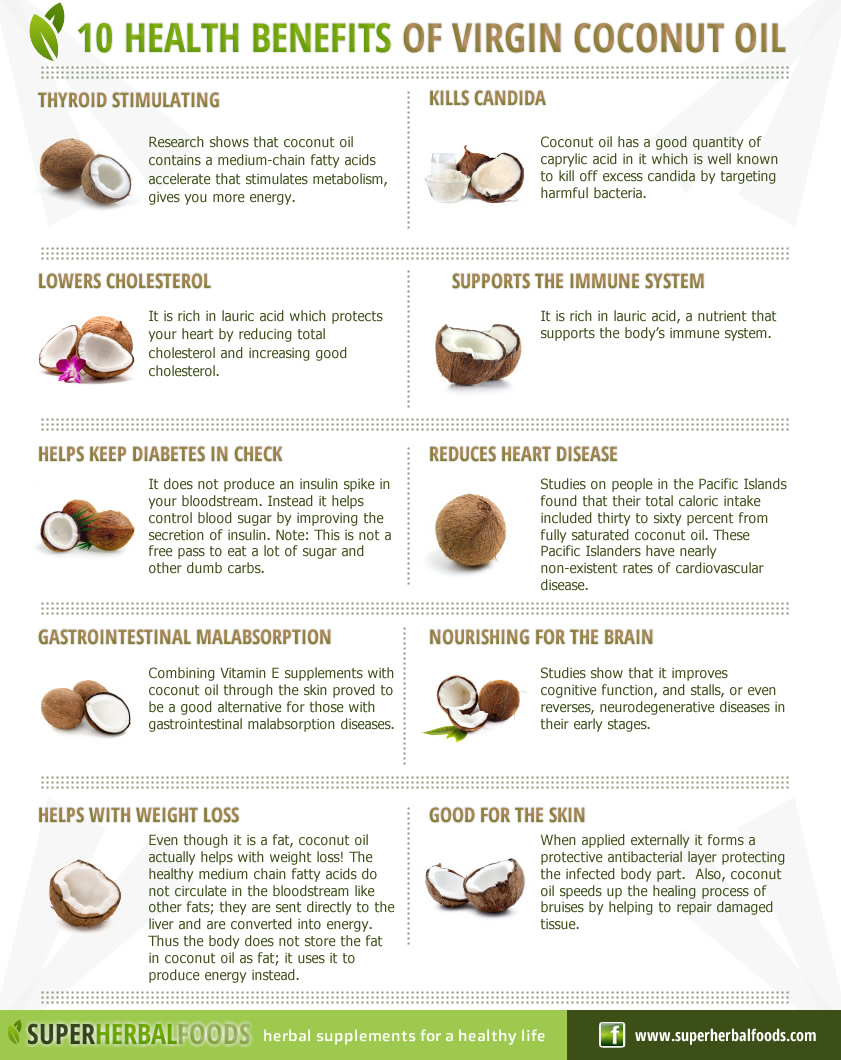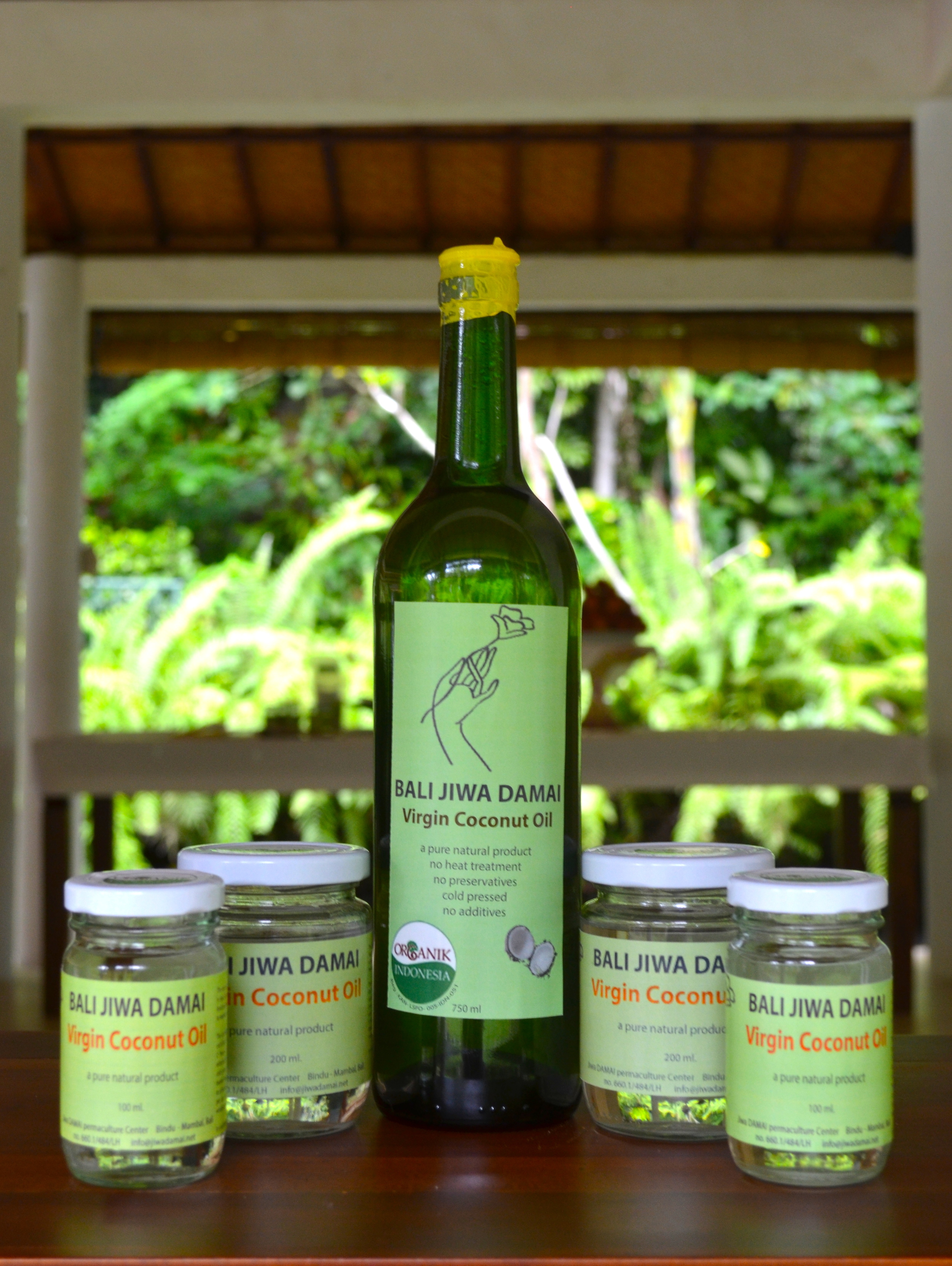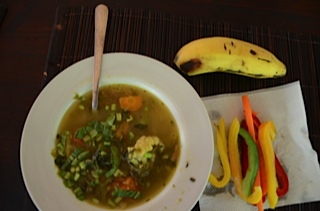Producing Virgin Coconut Oil
/CoconutOil
Here at Jiwa Damai, we produce our own virgin coconut oil with the organic coconuts grown on the property. Not only do we use the coconut oil in our kitchen for each meal, we also have various sized bottles available for sale in our small shop.
Coconut oil is considered one of the world's top superfoods with thousands of uses and more benefits than we can count! Here's a wonderful infographic explaining just a few of the benefits from this incredible food:

We use a very special process to extract the oil from each coconut, which is done by hand by our lovely Balinese staff. We would love for you to click the pictures below and read more about this process in our simple step by step guide.
Step 1
Have you tried this method before? If not, what other methods have you used? We would love for you to comment below and share with us!






















